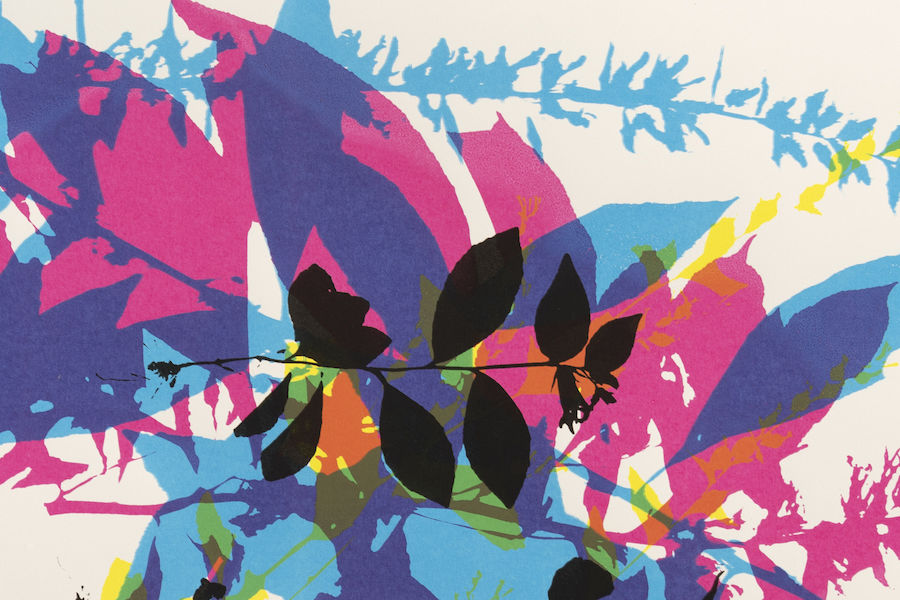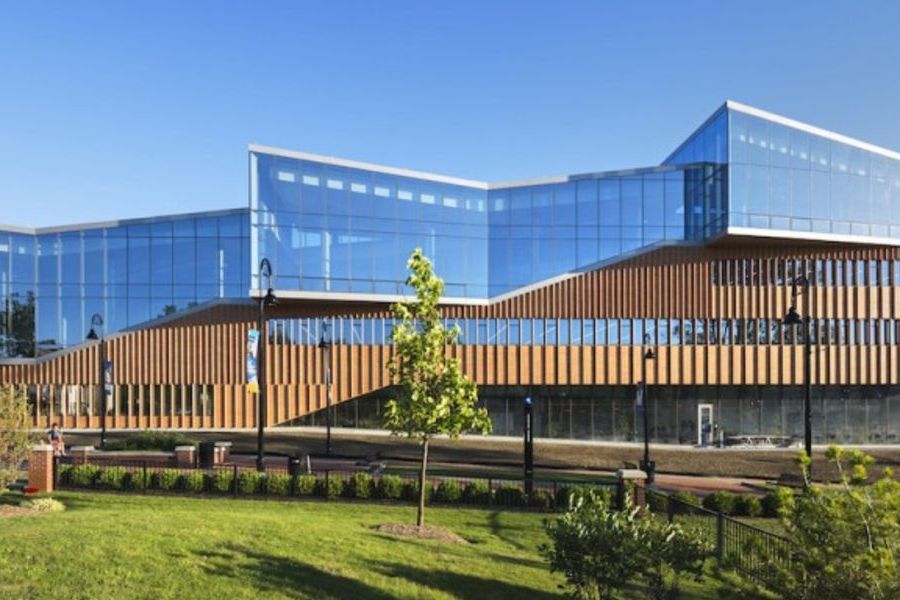Division of Research and Sponsored Programs

Materials Science Research Receives Grant for New X-ray Scattering Instrument
Â鶹ĘÓƵ×îĐÂ×îČ« University’s Advanced Materials and Liquid Crystal Institute soon will be home to a new X-ray scattering instrument capable of examining materials in scales from as small as a fraction of a nanometer to as large as several micrometers.

Materials Science Research Receives Grant for New X-ray Scattering Instrument
Â鶹ĘÓƵ×îĐÂ×îČ« University’s Advanced Materials and Liquid Crystal Institute soon will be home to a new X-ray scattering instrument capable of examining materials in scales from as small as a fraction of a nanometer to as large as several micrometers.

Â鶹ĘÓƵ×îĐÂ×îČ« Professor Receives $2.6 Million Grant for Alzheimer's Research
Â鶹ĘÓƵ×îĐÂ×îČ« University psychology professor John Gunstad, Ph.D., has received at grant of nearly $2.6 million from the National Institutes of Health to expand his Alzheimer’s disease research into a national study.

Internationally Renowned Biodesign Scholar to Headline Â鶹ĘÓƵ×îĐÂ×îČ« Symposium

Â鶹ĘÓƵ×îĐÂ×îČ« Biologist Joins Tennessee, Toledo Colleagues to Study Arctic Climate Change Effects
In early February, scientists reported the hottest temperature on record in Antarctica: 65 degrees Fahrenheit. Studies show climate change is disproportionately affecting the poles, warming them faster than anywhere else on Earth, and raising questions about what kinds of changes we can expect in arctic ecosystems as temperatures rise. 
A Â鶹ĘÓƵ×îĐÂ×îČ« University biologist has teamed up with some colleagues in an inter-institutional effort to answer some of those questions.


Â鶹ĘÓƵ×îĐÂ×îČ« artist, biologist unite to design print for national project

Â鶹ĘÓƵ×îĐÂ×îČ« Environmental Symposium Offers Impressive Slate of Speakers and Activities

Â鶹ĘÓƵ×îĐÂ×îČ« Chemist Follows up on Baseball Core Study, Refuting MLB Findings.
In 1901, the 16 Major League Baseball teams produced 455 home runs. Players were discouraged from attempting it. Nearly 120 years later, players couldn’t seem to help themselves, and MLB smashed all previous records. More homers might mean more exciting games, but some people question why the spike happened. A Â鶹ĘÓƵ×îĐÂ×îČ« University chemist thinks he has some clues about this unusual surge in home runs.

Â鶹ĘÓƵ×îĐÂ×îČ« Materials Scientist Again Named Among Most Highly Cited Scholars
